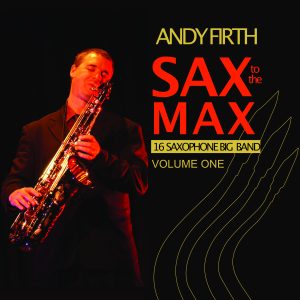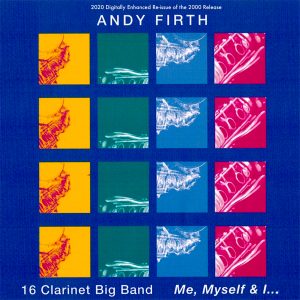Description
A Beginner’s Guide to Improvisation-Audiobook
A Sample from A Beginner’s Guide to Jazz Improvisation-Audiobook
Taken From the Middle of Episode 4 and End of 5 (Samples are faded in and out)
Although this audiobook presentation is primarily designed for beginner improvisers, it covers an impressive range of elements required for quality jazz improvisation.
Andy presents a brief glimpse into his over 45 years of jazz improvisation and general jazz knowledge into an entertaining and interesting package of just five parts, all jam packed with little nuggets of golden tips for student Jazz improvisers, using ideas, demonstrations and audio examples.
The Product comes with a pdf workbook of Exercises and Answers so that the student Jazz improviser can test their knowledge and skills.
The Part Contents Are:
Part One:
-What is Improvisation?
-What is Jazz Improvisation?
-A Short history of Chord Changes
-How Chord Symbols Work
Part Two:
-Extensions and Alterations
-Laying out the Pathways Open to the Student of Jazz Improvisation
-Listening to Jazz Music
-Styles
-What To Listen To and For
-Artists/Bands of Note
– Audio Examples
Part Three:
-The Pentatonic Scale
-Creating Arpeggios and patterns
-Creating Patterns with Rhythms
-Inserting Rests
-Working over C6 to G7
-Guide-tone Movement/ Voice Leading
-Developing “Licks”
-Basic Transcription
-Mapping the Intervals on Your Mind Map/Graph
MODES
-Ionian, Dorian, Phrygian, Lydian, Mixolydian, Aeolian, Locrian
-Discussion on the Pros and Cons of using the Modal System for Jazz improvisation
SCALES
–Diminished: Half Whole Tone and Whole Half Tone Diminished Scales
-The Blues Scale, Whole Tone Scale, Harmonic Minor Scale, Melodic Minor (Jazz Minor Scale)
-Using Roman Numerals to Learn Chord Sequences
-Using Digital Patterns
Part Four:
-The 12 Bar Blues
-Playing Over the Chord Changes
-Scales Over the Progressions: Pentatonic, Mixolydian, Blues and more
-Playing Arpeggios and Scales
– Using Blues and Pentatonic with Major Scales
-Adding Chromaticism and the Use of the Major 3rd
-Using Rhythms and Space in Your Solos
-Leading from Tonic Chord Notes Using Chromaticism and Passing Notes
-Playing Outside of the Changes Example
-Using Repetition and Chromatic Movement to Create Patterns
-Using space in Your Solos
MELODY
-Melodic Construction
-How to Create a Melody
-Creating a Motive
-Bass Function
-Isolating important notes of a chord
-Breaking up the notes in the chord to create a melody
-Linking all of the elements together: chromaticism, rhythm, patterns and scales.
-Devices For Creating a Melody: Guide Tone Movement. (b7 to 3rd over a II-V-I)
-Using Chromaticism and Scales
-Using Creative Visualisation
-Jazz Standards-Composers List
-The Real Books
-Jamey Aebersold Play-Along Series
-Using Call and Response
-Passing Notes
-Voicing the Dominant functioning 13th chord
Part Five:
-Outlining the Changes
-Creating melodies to Outline the Important Notes in Chords
-Following a Harmonic Map
-Using Roman Numerals
– Chromaticism in Your Melodies/Solos
-Using Musical Quotes-Pros & Cons
-The II-V-I Progression
-The III-VI-II-V-I Progression
-The #IV-VII-III-VI-II-V-I Progression
– Using Guide Tone Movement to Inspire Melody
-Movement to the Fourth
-Moving Smoothly to New Key Centres
-Story Telling in Your Jazz Improvisation and Soloing
-Using Rhythm to Develop and Create Rhythmic Interest in Your Solos.
Putting It All Together!
Andy’s Improvised Audio Performances Over a Set of Chord Changes
-Slow Ballad
-Fast Samba/Latin
-Funk
-Up Tempo Swing
Total Playing Time: 3 Hours & 36 Minutes!
A Pdf “Exercises & Answers” Workbook accompanies this product.
Written, Composed, Perfomed & Produced by Andy Firth. Newcastle, Australia. 2025
©2025 Accessible Music Publishing.www.andyfirthmusic.com
All Compositions are Composed by Andy Firth
All Recordings are the Property of Accessible Music Publishing



